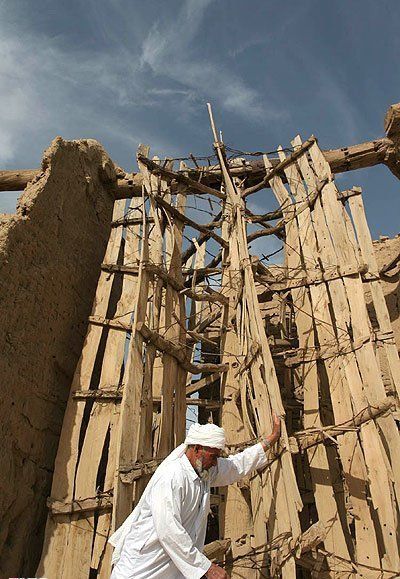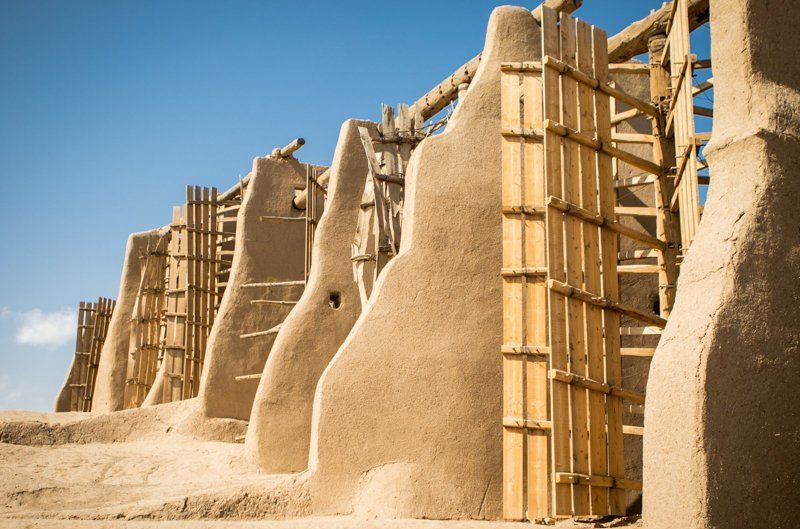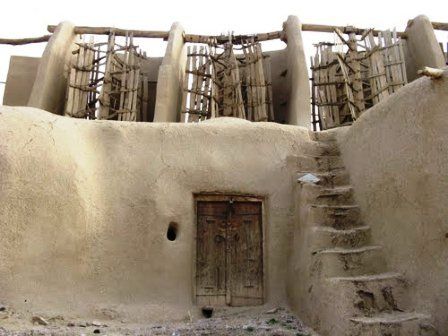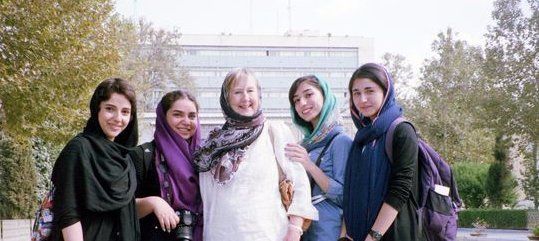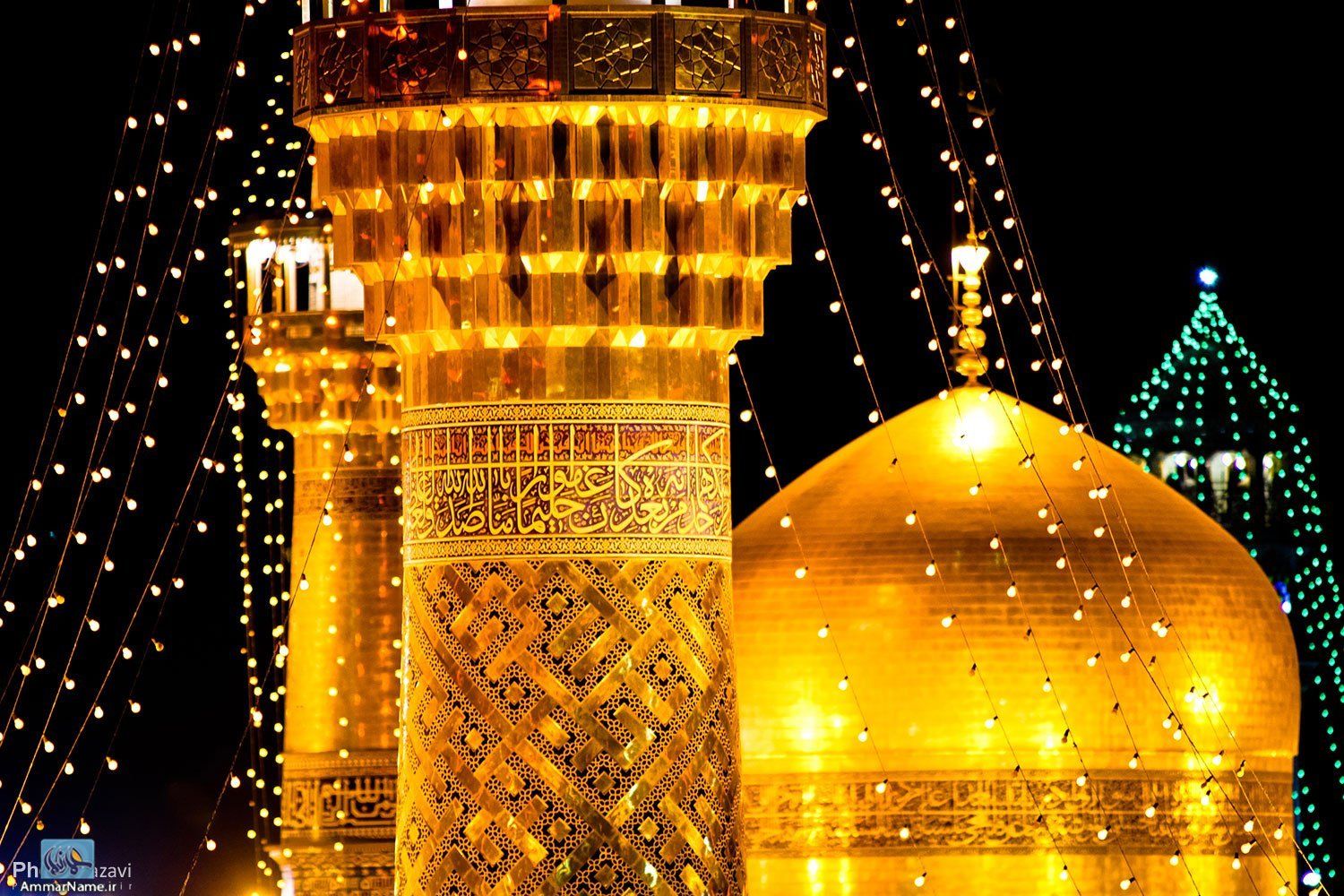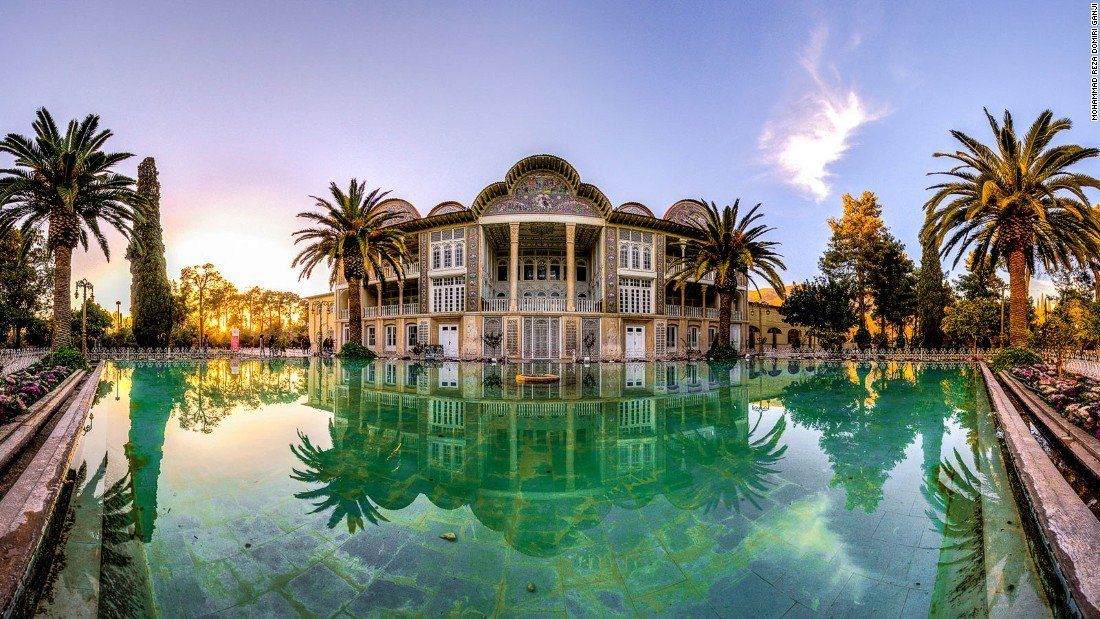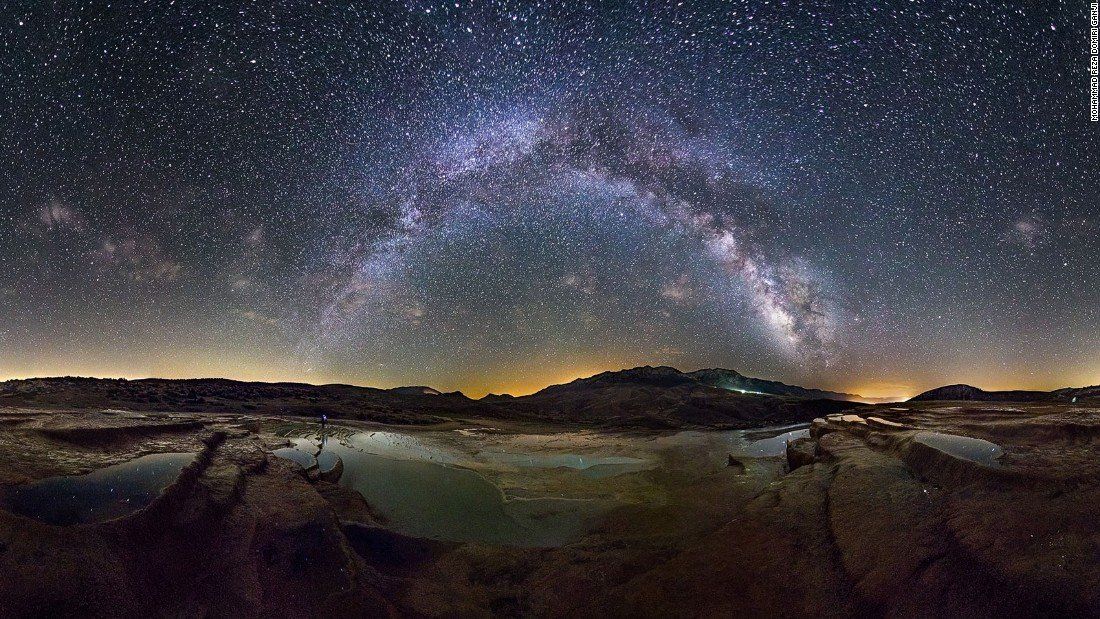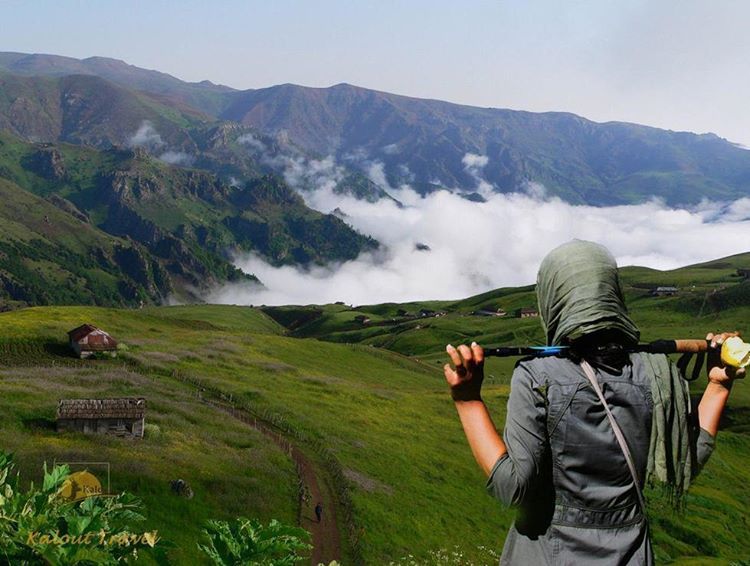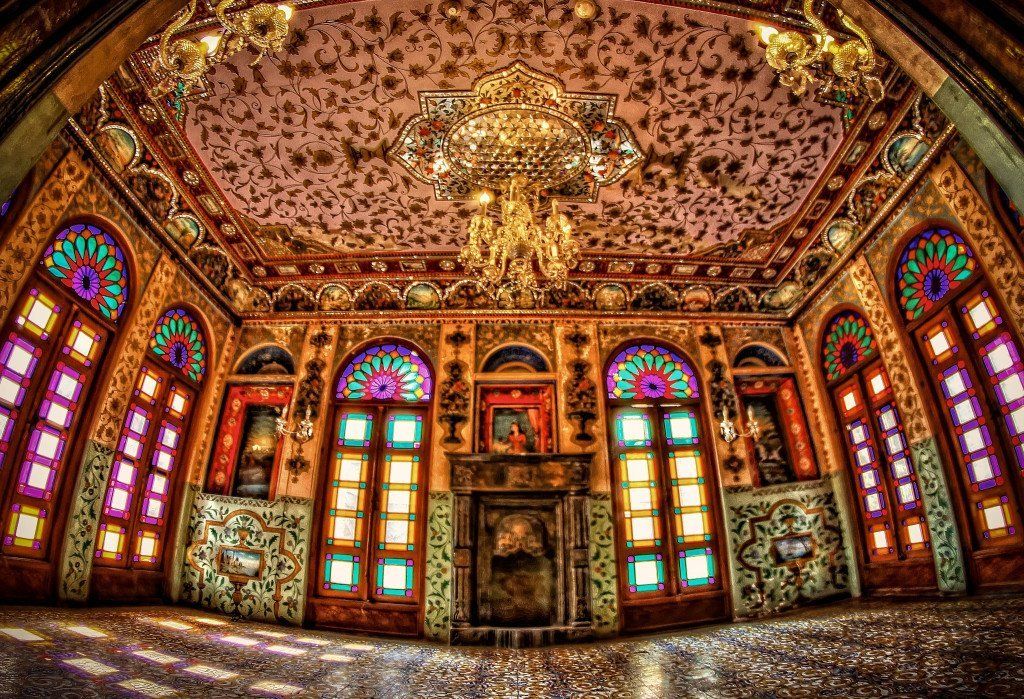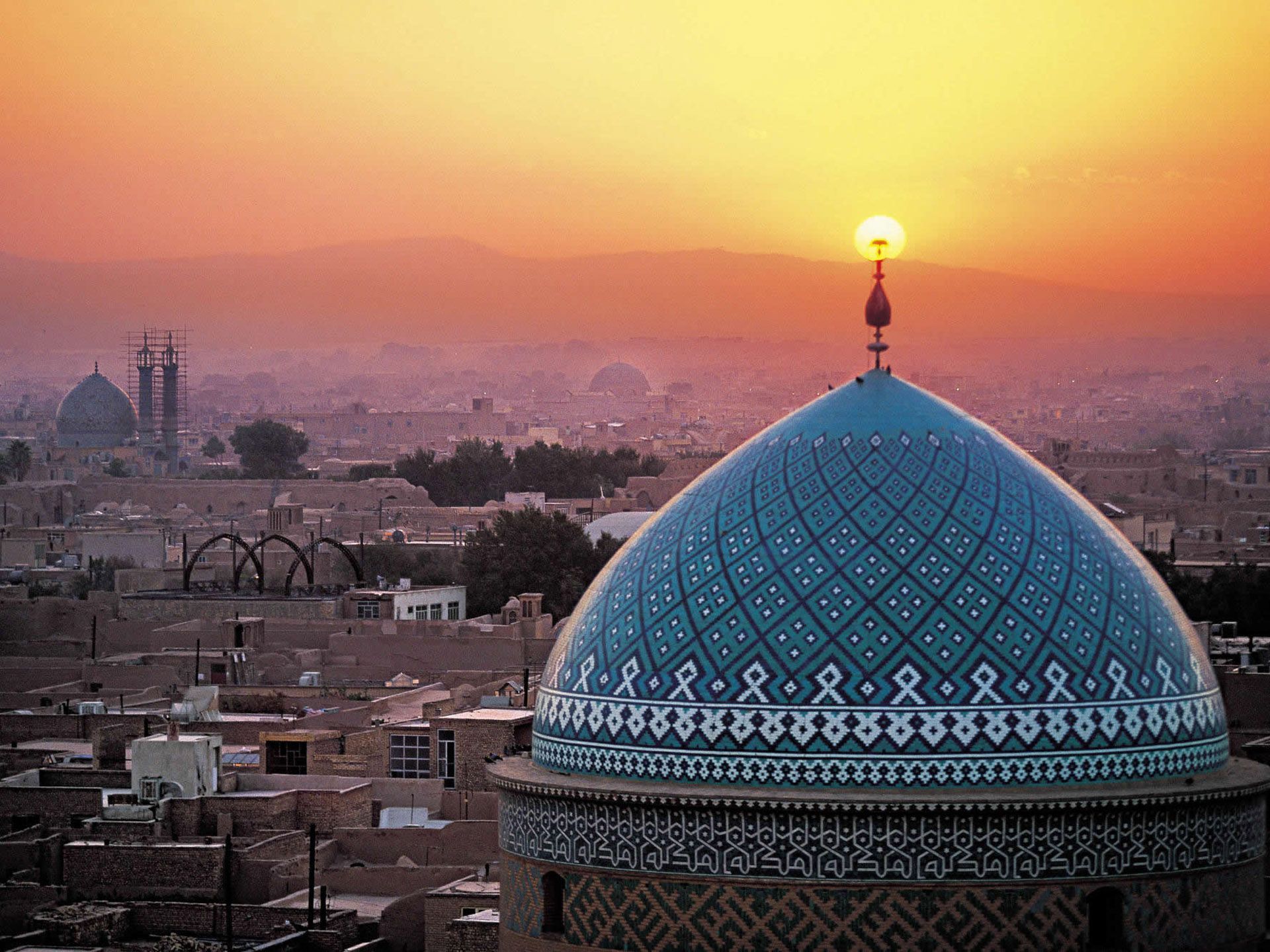Yazd Attractions
What you will find in Yazd is an old school desert city with a load of sandy alley ways, Mosques, Minarets and a load of courtyard style houses with these wind towers in them – they are known as Badgirs. Underground water channels called Qanats also flow freely through the city which welcomes tourists and caters in stylish hotels that will never break the bank
Jameh Mosque
Every town in Iran will have a Jameh Mosque – it’s the rule and Yazd’s is fairly prominent in the old city. Two massive striking minarets and colours of desert brown and turquoise give it that oasis of promise feel. There’s also some almost swastika Nazi style symbols within – these are simply a symbol of infinity and timelessness, birth and death. They date back to 5000 BC long before the likes of Hitler used this symbol for another purpose.
Yazd Old City
The Old City of Yazd is quite amazing. It’s like a sandy brick town in the desert – except it’s built up, it’s populated and it’s not really that deserted any more. Take time to wander round the streets on your own. The streets are all narrow and sometimes you’ll get a car or a motorbike zooming past you – but no buses or big transport in the old city – they wouldn’t fit. It’s marvellous. Walls everywhere, a distinct lack of advertising and no big brands. This is hardcore Iran.
Alexander’s Prison
This prison has a history behind it and is no longer used as a prison. Indeed it’s now open to the public as a museum. The name is more intriguing than the bog standard prison itself. Apparently a Hafez poem refers to this place and mentions that Alexander the Great had built a dungeon here. There’s a tomb next door, a courtyard and a tea house. This is nowhere near as eerie as other prisons you will be ever .
Khan-e Lari (a Traditional House)
Iran offers loads of chances to visit traditional houses. Yazd has a cool one within the old city, it’s called Khan-e Lari. It was signposted as “Larry House” at one point.
Dakhmeh-ye Zartoshtiyun
Dakhmeh is almost like a miniature lost town! These ancient Zoroastrian buildings are scattered at the foot of two hills. On the hills are two “Towers of Silence”. Walk up to the top for some cool views over the city of Yazd and to explore this rather bizarre place.
Bogheh-ye Sayyed Roknaddin
The beautiful blue-tiled dome of the tomb of local Islamic notable Sayyed Roknaddin Mohammed Qazi is visible from any elevated point in the city. Built 700 years ago, the dome is fairly impressive but the deteriorating stucco inside and other decoration remain more so. The door is often closed but a knock should bring the caretaker.
Zoroastrian Handicrafts Shop
This offers a great chance to pick up some authentic Iranian handicrafts and souvenirs, of Zoroastrian style mostly. The shop is on the main circuit near Alexander Prison as you walk through the old city. It’s near the tourist information centre.
Amir Chakhmaq Complex
Yazd’s architectural centrepiece, the Amir Chakhmaq complex is located in the heart of the city, in a square of the same name. The imposing three-storey façade flaunts a number of beautifully symmetrical iwans, which light up and glow after sunset. It is one of the largest hosseiniehs in the country (buildings used in the commemorative ceremonies for Imam Hossein’s death), and dates back to the 15th century, although it has undergone numerous renovations. The surrounding square has a number of good sweet and ice cream shops.
Egbal Factory
It was the design of the Egbal Factory that will intrigue you to it, plus the fact that it wasn’t included on the Lonely Planet’s walking tour. Some how it is a cool spot. They’ve been making textiles here since 1312!! The building has a funky design too!
Saheb A Zaman Zurkhaneh
This popular Zurkhaneh (which literally translates to House of Strength) resides in a historic building on the northern side of Amir Chakhmaq Square. Often open to tourists, not only can you observe practitioners of this curious dancing-cum-weightlifting activity that is steeped in Shi’ite mysticism, but also investigate the 15th-century water tank housed beneath the building, and experience the cooling effects of Yazdi badgirs (wind-catchers) first-hand.
Zoroastrian Ateshkadeh
Zoroastrianism, an ancient monotheistic religion that dates back to around 3500 years ago, was the principal religion in Iran before the Islamic conquests, and the community still lives on in some parts of the country. Yazd is the centre of Zoroastrianism in Iran, and is home to several sites of religious and historic interest. The Ateshkadeh – or Fire Temple – is chief among them, containing a central fire that has allegedly been burning since the 5th century A.D.
Towers of Silence
Another fascinating Zoroastrian site, the ominous-sounding Towers of Silence are located just outside the city and certainly worth a visit. Rising from a solemn desert landscape, these two circular, raised structures sit atop adjacent hills; until as recently as the 1960s, in accordance with tradition, the bodies of deceased Zoroastrians were left in the towers’ central pits for scavenger birds to pick at. Abandoned Zoroastrian buildings at the base of the hills contribute to the eerie, otherworldly atmosphere of the place.
Chak Chak
Out in the desert, about 70 kilometres from Yazd, is Iran’s most important Zoroastrian pilgrimage site – Chak Chak. A tiny cliff-side village, according to legend the rock face opened up and offered refuge to Nikbanu, the daughter of the last pre-Islamic ruler, from the encroaching Arab invaders. The temple of Chak Chak, which is the Persian for “drip drip,” contains an ever-dripping spring – said to be the mountain weeping in remembrance of Princess Nikbanu.
Old Town
The well-preserved, still inhabited Old Town in Yazd, with its warren-like streets and intriguing nooks and crannies, is a delight to get lost in whilst on an afternoon stroll. The yellow-brown of the mud-brick buildings demonstrate just how dry this city is, and the badgirs which poke out periodically are a scenic reminder of the ingenuity of Yazd’s traditional architecture. Look out for rooftop access for some unforgettable views – but remember to respect the privacy of the local residents.
Bagh-e Dowlatabad
With an abundance of fountains, cypress trees, and pomegranates, the Bagh-e Dowlatabad can be said to capture the quintessence of the Persian garden. The 18th-century residence offers an abundance of shade and some beautiful buildings, attracting tourists all year round. The 33-metre central badgir, as well as the kaleidoscopic array of stained-glass windows, make for a magically idiosyncratic aesthetic, the likes of which you won’t find elsewhere or soon forget.
Saryazd Fortress
Under-appreciated as a tourist destination, the fortress ruins in the nearby village of Saryazd merit the 45 minute trip from Yazd. The Sassanian-era defensive structure, which is double-walled and three-storeyed in parts, is remarkably well preserved. Developed by the Safavids (see the adjacent caravanserai), the fortress is crumbling in some areas; nevertheless, after a couple of hours here, it’s not hard to see why Yazd has been so historically unconquerable. You will need to find the caretaker to unlock the entrance.
Kharanaq village
No day trip around Yazd province is complete without an excursion to the centuries-old village of Kharanaq. Reportedly inhabited for over 1000 years, the mud brick village is practically deserted these days, but you’ll see a few farmers still pottering around. Indescribably picturesque, visitors are free to explore the abandoned remains; highlights include a Qajar-era mosque and an ancient aqueduct in the valley below.
Sarv-e Abarqu
Also called the "Zoroastrian Sarv," is a cypress tree in Yazd province, Iran. The tree is estimated to be at least 4,000 years old and, having lived through the dawn of human civilization not far away, it is considered an Iranian national monument. Many have noted that Sarv-e Abarqu is most likely the oldest living thing in Asia.
Other attractions:
Hazireh Mosque , Meibod Traditional Ice Storage
Further Reading:
























